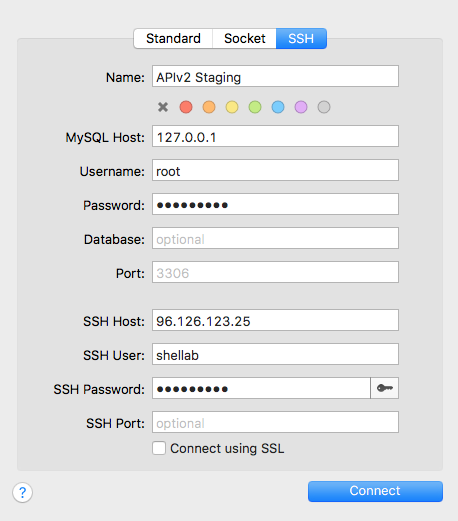If you want a Mac GUI for talking to MySQL server, Sequel Pro is terrific and the price is nice (free).
They actually have a how-to page for installing MySQL ~that mentions an option I hadn't thought of: using Apple's macOS Server app~ (Never mind, the latest incarnation of Server doesn't include a database.) On my system, I have MySQL installed via MacPorts.
If you just want to play with SQL, you can use SQLite. None of the mess of a separate server! /usr/bin/sqlite3 is already installed on your Mac. (Doesn't Node have a single database library that can talk to either a MySQL host or an SQLite file?)
If you want a hosted MySQL server, you could use Amazon's RDS. It's very much not free, but if you're only experimenting, you'll only have to pay for a few hours of use.

I want to get back up to speed with SQL, for an application I'm thinking of making.
I tried installing MySQL, but got in trouble because it didn't like the temporary password, and things went downhill from there.
I just want to launch an app on my Mac desktop, and be able to point the Node.js mysql package at it, and start playing.
Or use a remote server, preferably one that's free.
I'm a long way from deploying anything, this is just for play and experimenting. There must be a simple no-brainer answer, so I thought I'd ask the braintrust rather than use trial and error.
Thanks in advance! :-)